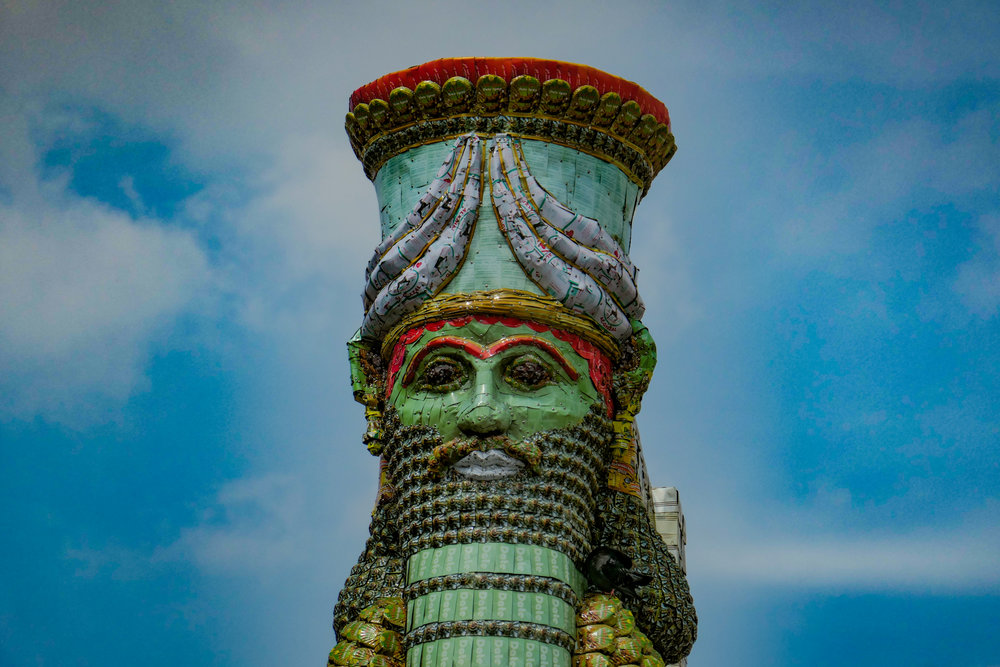
Late last week the much-lauded Sony RX100 VI arrived for review and I used it for the article on the Chinnor and Princes Risborough Railway last Monday. At the time I didn’t mention the identity of the camera, which was pretty irrelevant in the circumstances, but Wayne Gerlach in Australia did a bit of sleuthing and decided it was either the Sony or its current main competitor, the Panasonic TZ200. He was half right.

Today I collected the TZ200 but in the guise of the Leica C-Lux, a rather prettier confection although it is identical in all major respects to the Lumix. I am now well equipped to compare these two cameras and to decide which is the perfect travel companion.
My plan is to review both cameras separately and then do a back-to-back comparison.
Below: Nearer My Leica to Thee — Top row with the C-Lux at 360mm, bottom, Sony RX100 VI at 200mm (click to enlarge)
First impressions, though, are always useful and tend to be forgotten as familiarity grows. Perceived faults on the first inspection could turn out to be wrong; supposedly welcome features could become superfluous or downright unwelcome after a time.
Both these cameras aim to address the need for a small, pocketable travel device with good image quality and a super zoom lens. And while both these cameras exchange wider apertures for longer reach, they couldn’t be more different in feel and use.
The Sony is the undoubted winner on size, but this can act as a disadvantage in some respects. It is a tiny camera when sitting side by side with the C-Lux. But I have already found out that it is relatively difficult to grip and hold steady. The C-Lux, while exceeding the Sony’s dimensions in every respect — it is actually not much smaller than the larger-sensor D-Lux — sits more solidly in the hand and benefits from primary stability as a result. Both cameras have good stabilisation systems which help compensate for the wiggling zoom at long throw.


The extra size of the C-Lux is thus not necessarily a bad thing. Many will prefer the more chunky grip of the Leica. And we mustn’t forget that the C-Lux has a massive zoom range which is nearly twice as long as that of the Sony. it has a nose to match, though, and looks rather comical at full extension.
While both start at 24mm, the Sony stops short at 200mm while the C-Lux soldiers on to a remarkable 360mm. I have already discovered that the Sony’s lens is very sharp and produces great results. The Sony also offers a “Clear Image Zoom” which is some sort of enhanced digital zoom, taking the range up to 400mm. See the above example in comparison with the Leica’s optical zoom. I normally avoid digital zooms like the Black Death — reasoning that I can crop in PP just as effectively. However, Sony claim a bit of magic dust for this feature and I will be checking it out. if you use RAW files (even in conjunction with JPG) the Clear Image Zoom is greyed out.
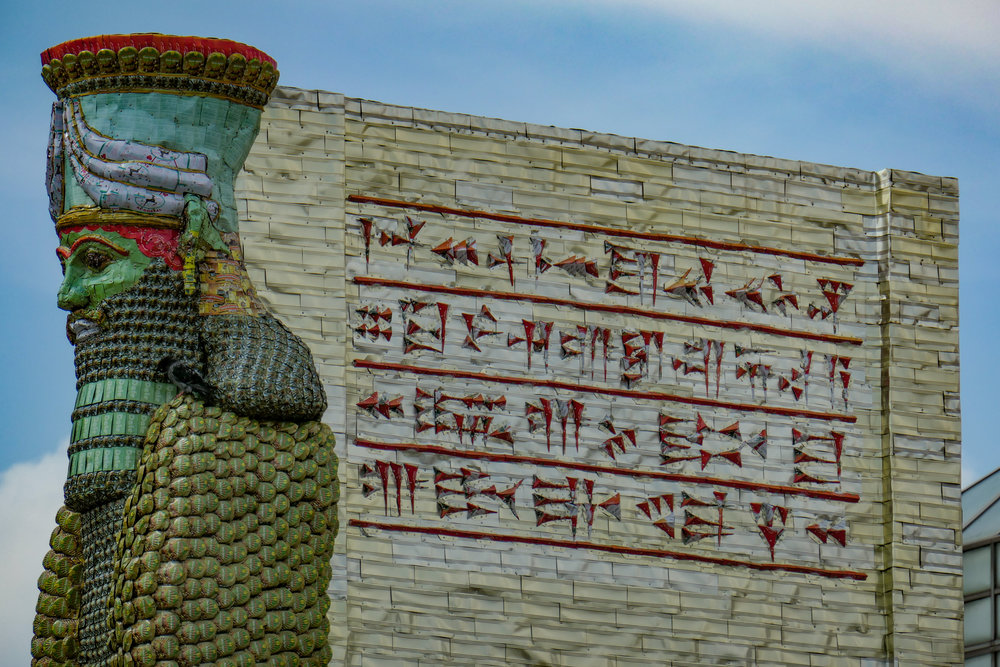
In addition, it will be interesting to see whether there have been any compromises in the design of the massive zoom of the C-Lux which impacts on image quality. It is a great challenge to achieve consistency over such a wide range.
A viewfinder is a must for me these days. Try as I may, I never really gel with the smartphone-style scene composition. I prefer to have the camera up to the eye and to benefit from the additional stability that this brings. Fortunately, both these cameras have built-in finders. In the case of the Sony, it is a very neat pop-up affair which improves on the mechanics in the RX100 Mk.V in that it doesn’t have to be pulled out or retracted after it rises from the body of the camera. On the Mk.VI raising and readying the viewfinder is one fluid movement. It is also good that the viewfinder mechanism can be set to act as an alternative on-off switch.
The C-Lux doesn’t need such tricks since it has a viewfinder mounted in the usual position to the top left-hand of the camera. This has the effect of raising the height of the camera above that of the C-Lux. On first impressions, the viewfinder of the Sony is sharper and has better colours than the rather anaemic view through the C-Lux finder.
On the other hand, the Sony has no eyecup and I have had some difficulty getting it to work well with my varifocal glasses. I seem to be constantly adjusting the rather loose diopter lever which sits on top of the finder. I have a suspicion that the retracting mechanism nudges it out of its set position. The diopter adjustment on the C-Lux is a much more secure affair and stays set once you have the focus right. My first impression is that the EVF of the C-Lux will be the easier one to live with long term.
Another important (to my mind) difference between these two cameras is not immediately apparent. While both have the ability to use stepped zoom in conjunction with the lens ring, only the C-Lux has the zoom resume feature. The step mechanism, which Leica and Panasonic users will be familiar with on other compact cameras, means that a flick of the ring moves the zoom to the next standard focal length — 28-35-50 etc. I love this but it is also very useful to be able to set the lens to remember the zoom setting during power off. This is possible on the C-Lux but not on the Sony which always reverts to 24mm on power up. A small point, but one that I will probably find annoying.
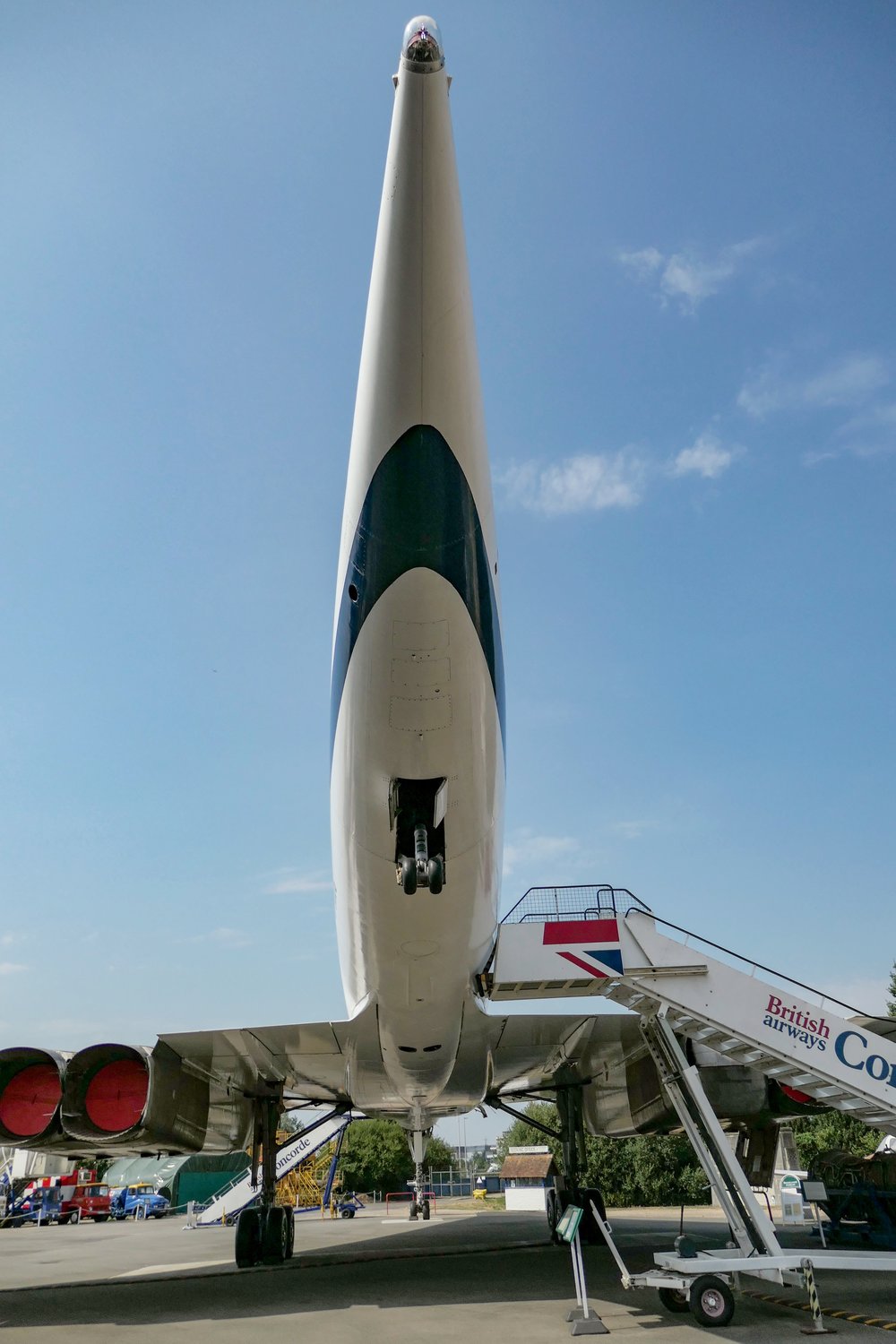
As I say, though, these are very much first impressions and I hope to be finding out more over the next couple of weeks. Image quality from the 1in sensor has come on amazingly in the last few years. For sure you will get a more malleable image capable of greater magnification if you choose a nice four-thirds, APS-C or full-frame sensor. But if you want the versatility of these two cameras coupled with a larger sensor — especially the incredible flexibility of the C-Lux with its 24-360mm zoom — you have to pay the penalty in size and weight.
Both have in-camera charging which I think is essential in a travel camera these days. It’s my main fallback position because a USB cable can be bought anywhere and used with any outlet. I usually now buy an accessory USB-powered charger to take two extra batteries but I would take it only on a serious trip. But only the Sony has an articulating screen, very useful for low-level shots or the occasional selfie.

One irritation is that neither camera’s RAW files are currently recognised by Lightroom. I’m therefore stuck with using jpegs. However, I am storing the RAW files for later processing when Adobe pushed through the next update.
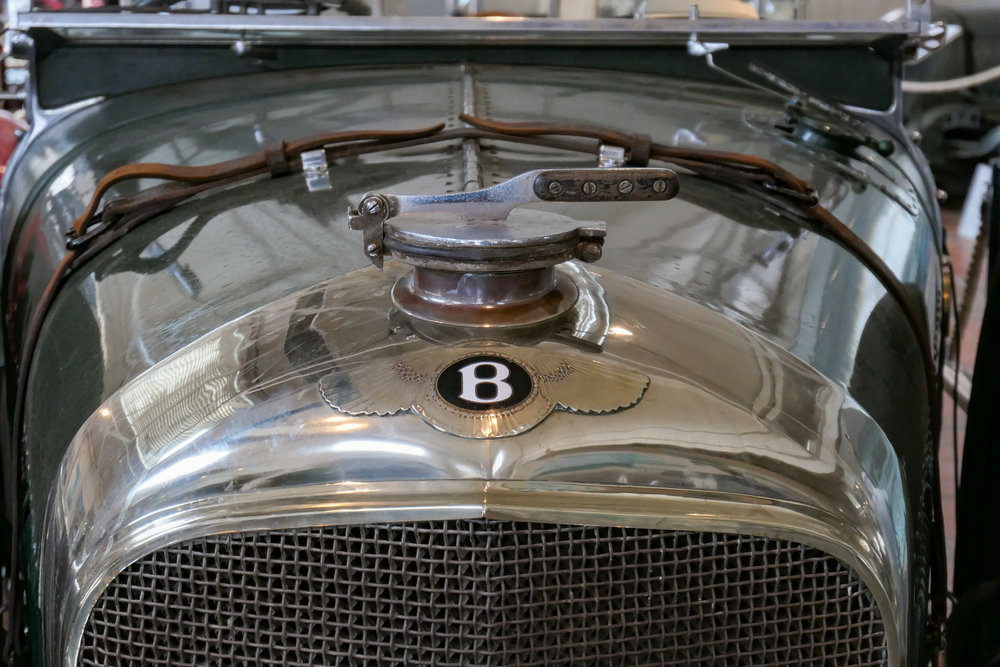
That you can have such a powerful camera that fits in a trouser pocket (I am conducting experiments) is something rather special. Either of these cameras is likely to be a great choice for general travel use. Either could be the only travel camera you will ever need. The big question is which is the easier to live with. And do you really need a 360mm zoom?
_______________

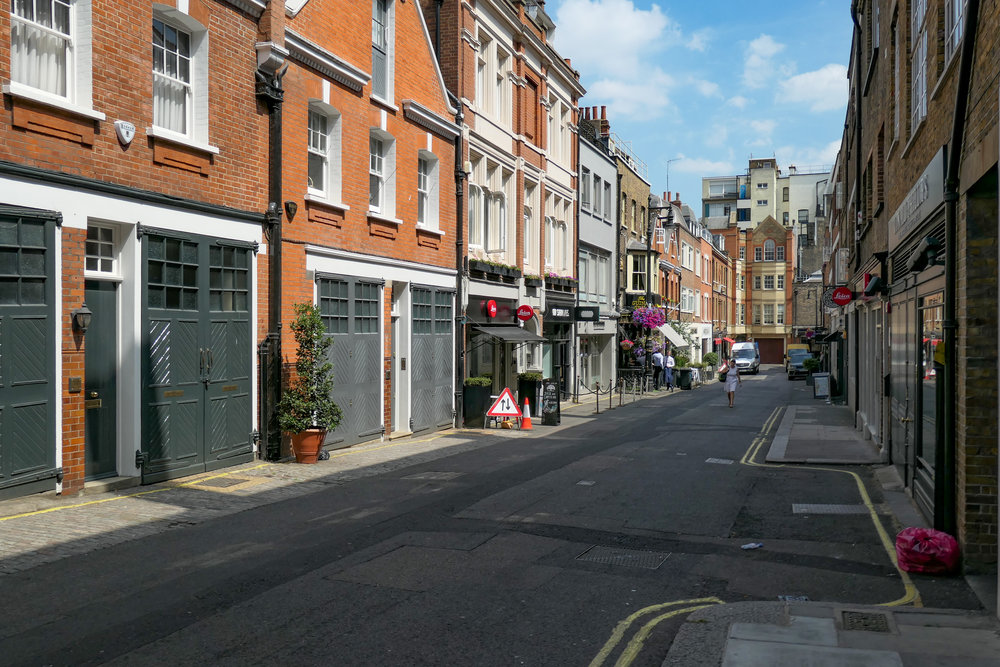
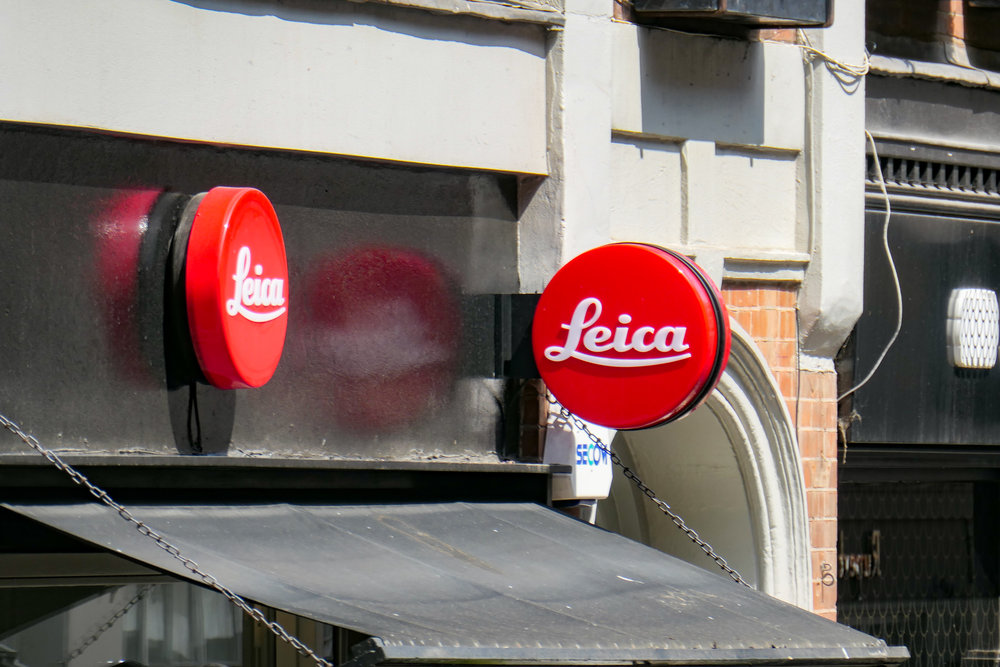
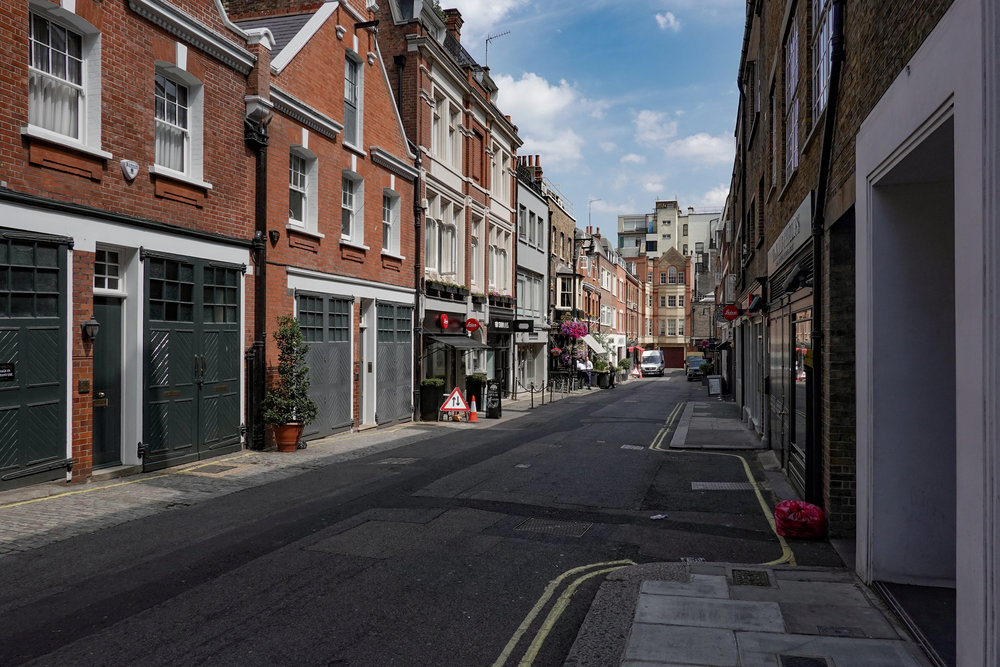
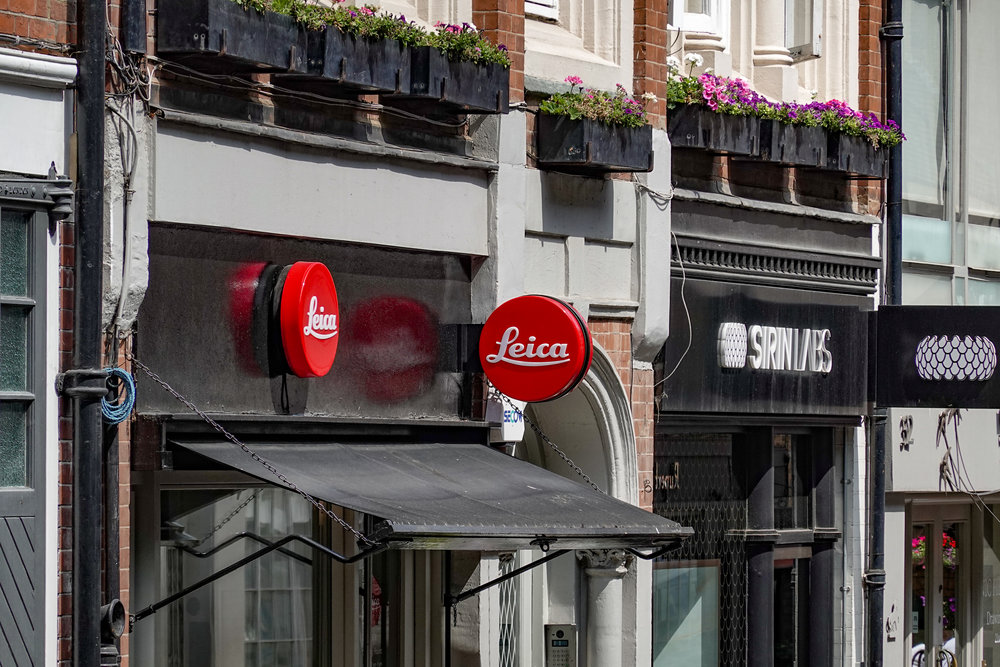


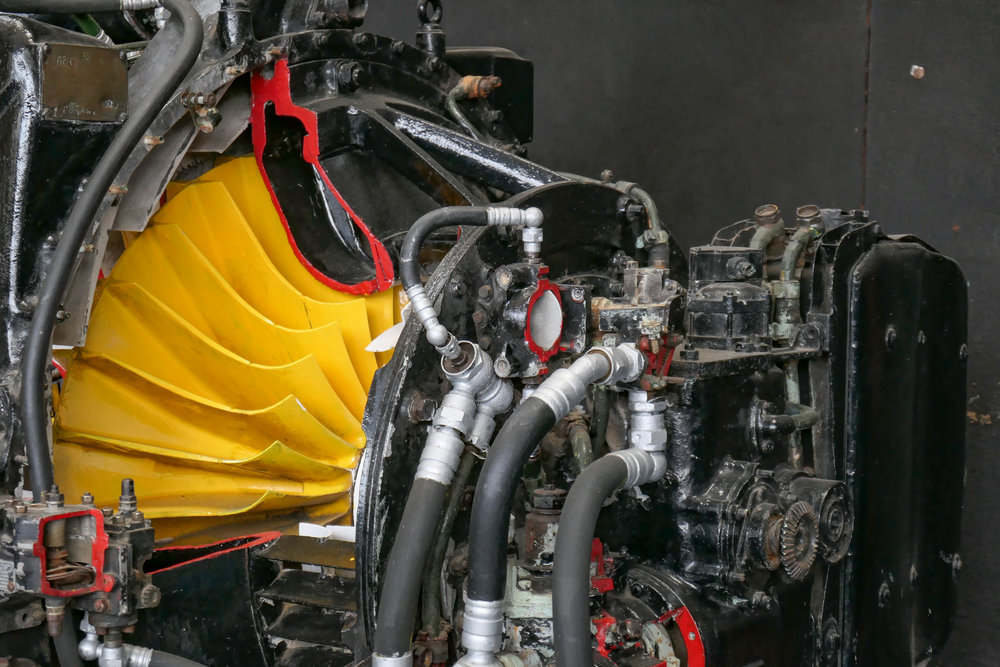
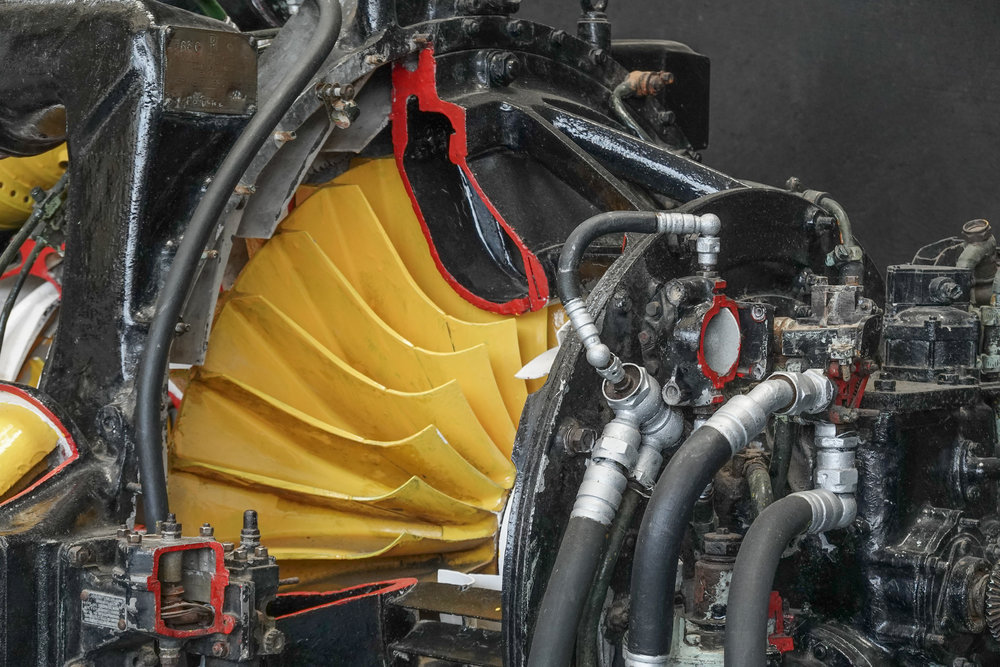
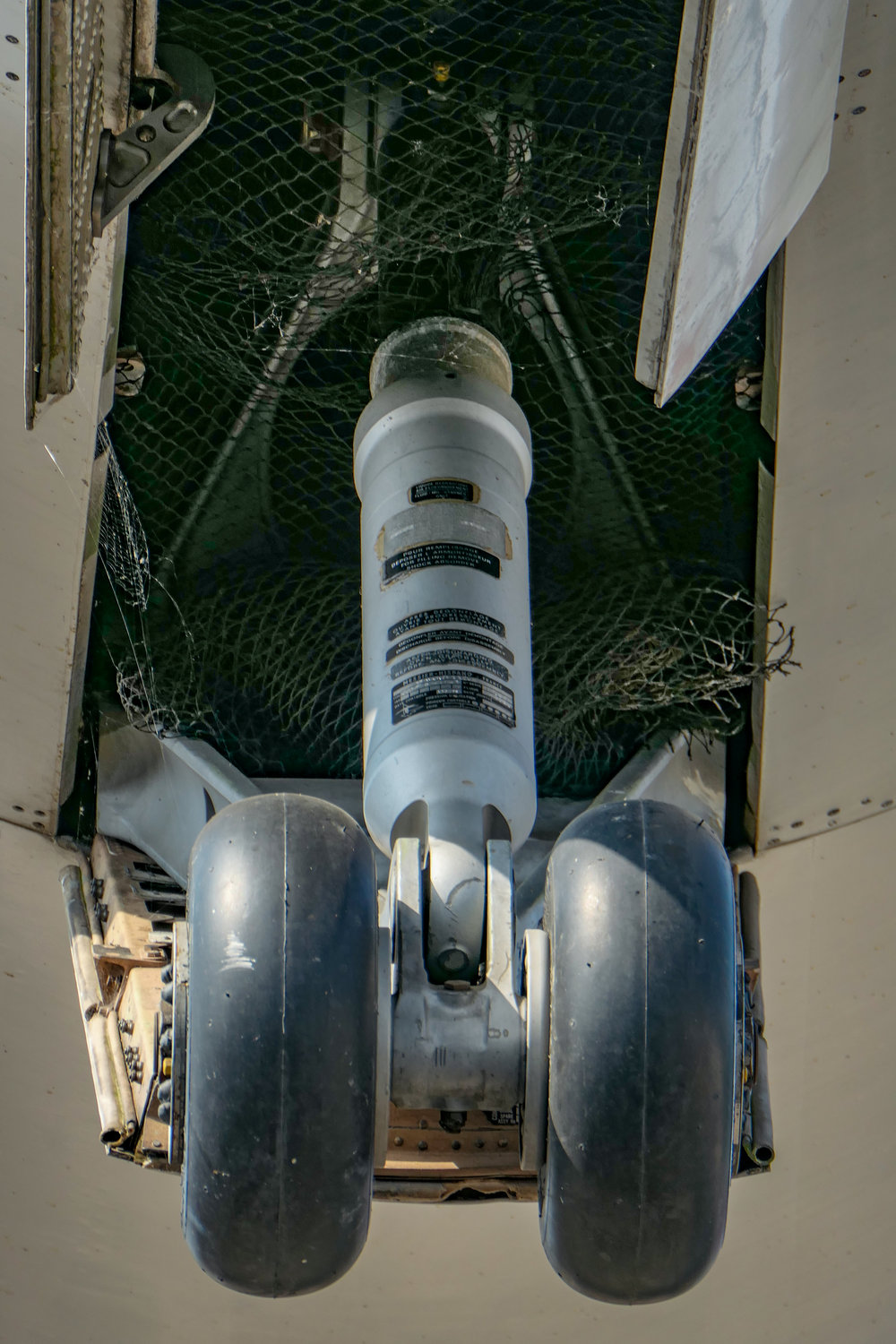
Hi Mike, that’s the tail of the Concorde, not the nose 🙂
Ah, trust someone to ruin my day. Of course, you are right. That’s why the steps into the plane are at the other end. I will fiddle the caption accordingly and thank you the for heads up. I’d better fudge the little nostril given that this is now the arse end.
A real question, Mike, and I look forward to your in-depth exporation. Nowadays fixed screen is becoming a deal-breaker for creaky joints. In general, I would go for aperture over tele, not least with this size of camera.
Two great cameras, if you get chance check out Matt Black Magnum photographer Geography of Poverty, all BW uses rx100 series. Are you planning on BW comparison shots?
I will take a look at this, John. And no doubt I will someone monochrome images.
Hi Mike, thanks for the review of both these little beasts. One observation on the images, as you say first impressions often count. But the images at the Leica store near the start, look a little warmer in colour from the Leica (as my X often does), and the contrast looks a little nice. It is just an observation naturally.
In the other images you can see that unique Leica look for the sky (or is it a bit of nicer post processing?). But the sky coloursl look nicer.
Dave
These are all out-of-camera shots. The Sony is set to neutral while I didn’t check the Leica settings, but they would have been standard. I did a bit of adjustment in some cases, particularly to bring out shadows.